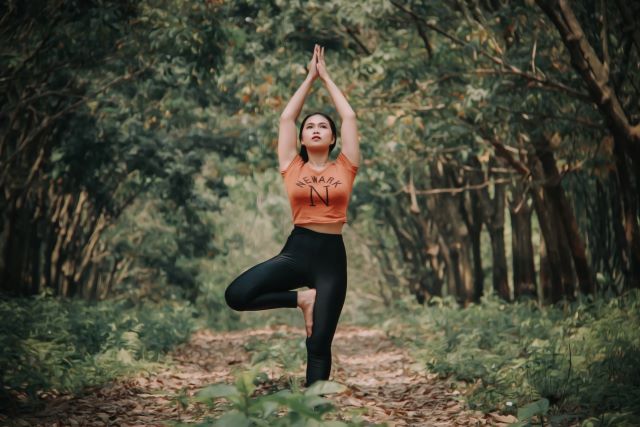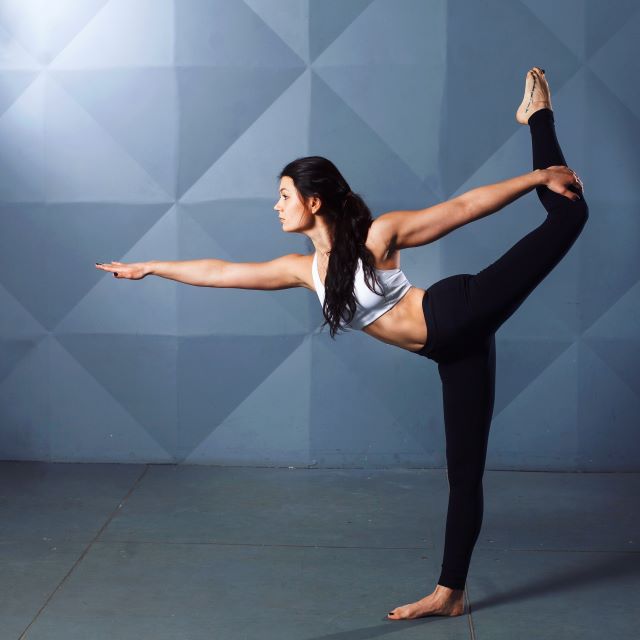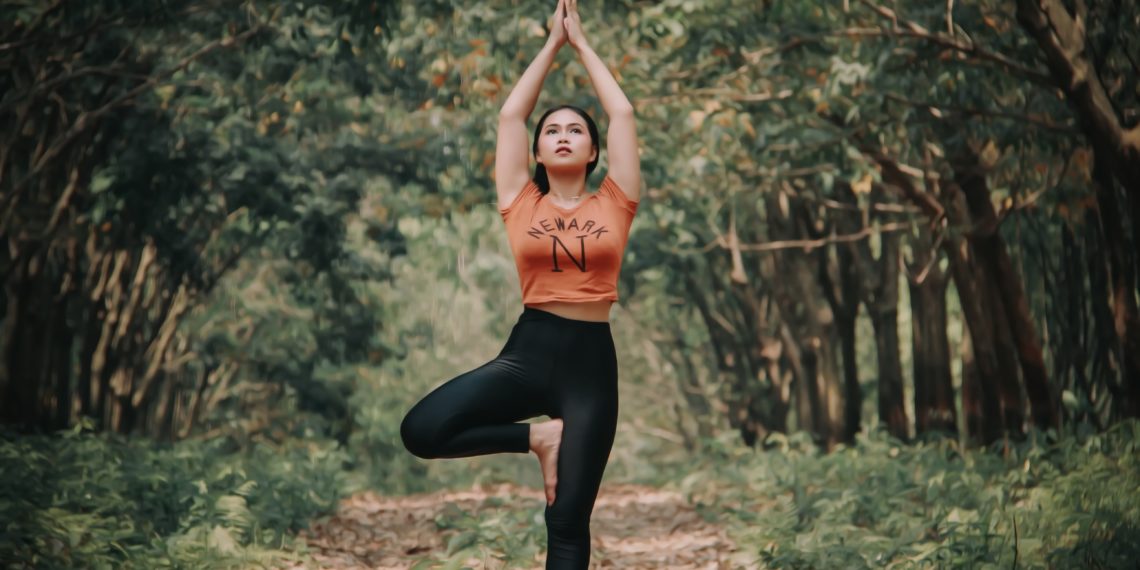The Main Types of Yoga: A Yogi Manual Part I.
It’s breath-taking just considering just how big a deal yoga became in the last decade or so… However, things aren’t that easy anymore, there are so many! This two-part manual will present all the main types of yoga so you can finally know what’s what!
When yoga started to become a trend, people usually just said, “I’m going to do yoga this evening,” and everyone would nod in acceptance, kind of knowing what this entailed. Nowadays, however, we hear, “This Bikram yoga class killed me, I never thought I could sweat so much,” and our heads turn like a dog’s, trying to interpret what we just heard. This ends now: we are here to give an all-encompassing, brief description about all the main types of yoga so from now on, you too can have a clue.

Hatha Yoga: the Most Common of the Main Types of Yoga
In Sanskrit, the word “Hatha” means “force,” and it basically comprises most yoga poses in a general way. It is a combination of asanas (poses) and pranayama (breathing). Attending Hatha yoga classes in different studios you will see that this type of yoga style is not set in stone, the set of postures that you have to carry out might differ according to place and teacher. You will find this branch in almost every yoga studio in Budapest. In any case, this is a great class for beginners, because it is usually relaxed and slow, with the poses held out a bit longer.
Ashtanga Yoga, or Pull-Your-Socks-Up Yoga
Often mentioned as a more modern yoga style, Ashtanga yoga is a branch where you arrive to class already knowing what you’re doing. It is definitely not a class for beginners, as it is quite dynamic and fast-paced. You have to pay attention to which move comes next and not the correct way to carry these poses out. That you should already know here. The main aim here is to heat up the body with the swift set of movements to help purify it. Also, to strengthen your core and make your muscles more firm. Apart from the detoxing yoga poses, it will help you and your mind be more at peace by the end of the class.

Iyengar Yoga, the Road to Precision
Highly precise and considered almost nit-picky. Why? Well, this form of yoga is all about the anatomical structure of a person’s body when they are performing it. Here, the poses are held out much longer than at other yoga classes. Props are often used too: blocks, belts, chairs and bolsters, all utilized to help the students achieve the proper posture. Iyengar yoga is a great way to help those who have injuries! Or, if you are not (yet) flexible enough to be able to accomplish the desired posture. It is a slower and more conscientious class.
Yin Yoga for Sporty Sloths!
Well, not for sloths per se, but for people who want to participate in a less assertive, more relaxing yoga class. The main principle here is to be a bit more passive. The poses are held out for sometimes as long as five minutes. Apart from being ideal for beginners, this type also promotes a more meditative yoga experience. Gravity is the force that gets the spotlight during these classes. You will feel that you can move easier afterwards, because it stretches the tissues around your joints (knees, pelvis, spine).

Kundalini Yoga
The word “kundalini” itself signifies a hidden female energy that is believed to be curled up in the base of the spine, according to Merriam-Webster. As a result, this type of yoga is a bit more spiritual, with a large combination of different elements. Dynamic breathing linked to the movements, chanting, meditation and repeating mantras are all part of the deal. The movements are so fast and lively! You’ll feel the energy burst from the aforementioned body area. It is a great way to have a spiritual yoga adventure and let your brain click away from everyday stress.
If you are interested in more types of yoga, click here to see the second part of the manual!
 English
English magyar
magyar